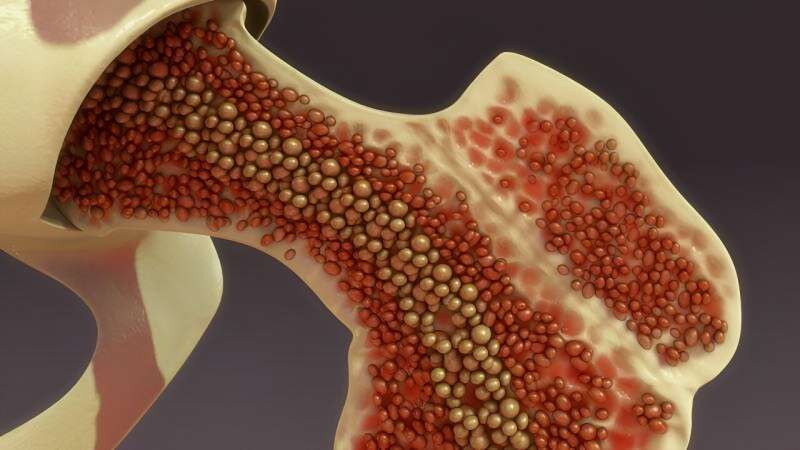A recently developed multivariable model can accurately predict smoldering multiple myeloma (SMM) or worse in persons with presumed monoclonal gammopathy of undetermined significance (MGUS), according to a study published online April 2 in the Annals of Internal Medicine.
Elias Eythorsson, M.D., Ph.D., from the University of Iceland in Reykjavik, and colleagues developed a multivariable prediction model that predicts the probability that a person with presumed MGUS has 10% or greater bone marrow plasma cells (SMM or worse by bone marrow criteria) to inform the decision to obtain a bone marrow sample. In addition, performance of the prediction model was compared to performance of the Mayo Clinic risk stratification model. The study included 1,043 adults with immunoglobulin G (IgG), IgA, light-chain, and biclonal MGUS and an interpretable bone marrow sample.
The researchers found that the C-statistic was 0.85 for SMM or worse, and calibration was excellent. Sensitivity and specificity were 86 and 67%, respectively, at a threshold of 10% predicted risk for SMM or worse; positive and negative predictive values were 32 and 96%, respectively. Across a range of plausible low-risk thresholds, the net benefit for the decision to refer for sampling was 0.13 to 0.30 higher compared with the Mayo Clinic model.
"Persons with predicted risks below the relevant low-risk threshold could safely defer bone marrow sampling and be managed by primary care physicians as presumed MGUS," the authors write.
More information: Elias Eythorsson et al, Development of a Multivariable Model to Predict the Need for Bone Marrow Sampling in Persons With Monoclonal Gammopathy of Undetermined Significance, Annals of Internal Medicine (2024). DOI: 10.7326/M23-2540
Journal information: Annals of Internal Medicine
© 2024 HealthDay. All rights reserved.






















